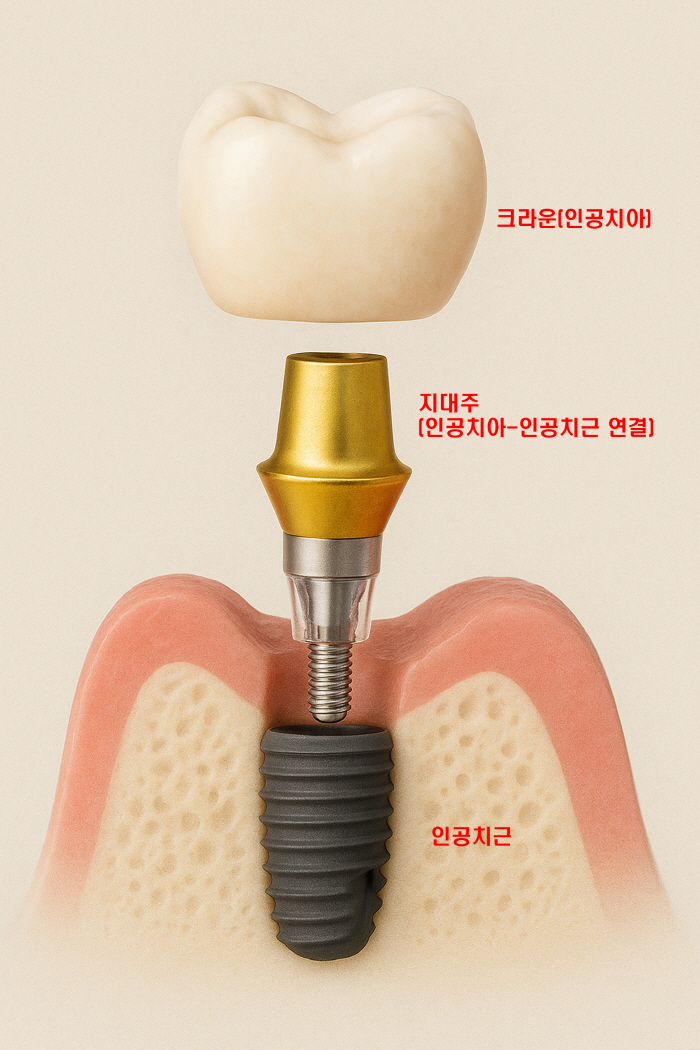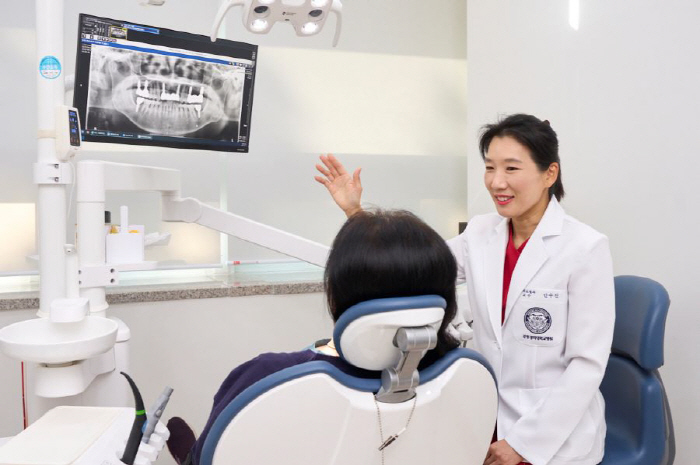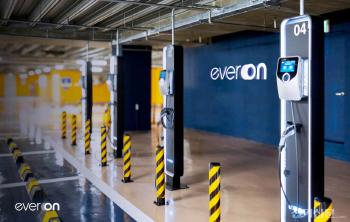4050 generation implant. I need to check this first
|
◇Cure implant close to natural dental function
Implant is a treatment in which a screw-shaped artificial structure of a special metal corresponding to the roots of natural teeth is planted in the jawbone and when it adheres to the bone, artificial teeth are newly created on it. Since it is made with a structure similar to that of teeth, it can be used as if it were one's own teeth without the inconvenience of using existing dentures, reducing the efficiency of chewing, or deleting adjacent teeth. However, since implants are more vulnerable than the original teeth and periodontal tissues in terms of inflammation or shock, thorough oral hygiene management and regular dental checkups are essential for long healthy use.
◇Increasing implant treatment even in middle-aged people
Recently, relatively young middle-aged people in their 40s and 50s are also receiving implant treatments as extraction increases due to various causes such as periodontal diseases, cavities, and tooth fracture. The younger the implant, the faster it recovers and the higher the success rate, but age itself is not an absolute factor. Since implants are structures that are placed in alveolar bones, that is, bones, the amount and quality of bones are of paramount importance. In addition, actual treatment outcomes can vary greatly depending on the individual's general health status and bone density.
◇ Systemic diseases and bone density check before treatment
Before implant treatment, it is essential to identify alveolar and bone conditions as well as systemic diseases that affect bone metabolism. In particular, osteoporosis, which is common after menopause, directly affects success or failure, so it must be confirmed. The type and duration of osteoporosis treatment are also important variables, so be sure to inform your dentist. In addition, since implants are a hemostatic procedure, cardiovascular diseases that can affect hemostasis should be checked, and patients taking drugs that interfere with hemostasis, such as anticoagulants, must consult with their doctor.
◇After treatment, care depends on implant life
For implants, the procedure itself is important, but post-treatment care is also very important. Negligent management may cause the alveolar bone around the implant to be absorbed or the parts to be broken. To prevent this, thorough oral hygiene management is essential, and the most basic is meticulous brushing.
In particular, the use of interdental toothbrushes effective in preventing alveolar bone absorption is particularly recommended for middle-aged people in their 40s and 50s. In addition, hard and tough foods should be avoided to prevent damage to parts. Foods that require excessive chewing power, such as dried squid, mudstone bones, crab shells, and hard nureungji, increase the risk of implant fracture, so it is advisable to refrain from eating them.
◇You need to manage not only oral care but also accompanying systemic diseases
In order to use implants for a long time, not only oral care but also systemic disease management must be carried out. In particular, periodontal disease speeds up the absorption of alveolar bone around the implant due to bacteria in the mouth, so continuous treatment is required even after the procedure. Diabetes is also closely related to periodontal disease, which can directly affect implant prognosis. Thorough blood sugar control must be performed to maintain the implant for a long time.
◇ Alternative treatment methods such as bridge and dentures can be considered
If implantation is difficult, consider a normal prosthetic treatment such as bridge, partial denture, and full denture. If you have one or two lost teeth and have strong natural teeth before and after the lost area, bridge treatment is performed. The advantage of the bridge is that it is relatively less affected by systemic diseases because it has a shorter treatment period and does not require vascular procedures compared to implants. However, there is a disadvantage of having to delete healthy natural teeth.
If the number of teeth loss is high or there are no strong teeth around the area of the tooth loss, partial denture treatment is considered. Partial dentures, like bridges, are less affected by systemic diseases, but there is a limitation in that prosthetics must be detached, natural teeth must be deleted in some cases, and the type of food that can be consumed is limited.
Complete dentures are an alternative in the case of achalous patients who have all their natural teeth extracted. Complete dentures also have the advantage of short treatment periods and no surgical burden, but they often cause wounds or pain in the gums when used. In addition, there are more restrictions on food intake than partial dentures, which may reduce patient satisfaction. Therefore, it is important to select the most appropriate treatment by comprehensively considering the patient's oral condition and living conditions.
Professor Ahn Soo-jin of the Department of Dentistry at Kangdong Kyung-hee University emphasized that `Although middle-aged people sometimes postpone treatment because they think they are still young, it is not only a good choice to delay their extraction unconditionally.'"It is important to consult with a specialist to determine the best treatment timing for your condition because missing the right time to extract the implant can lower the success rate."
|
This article was translated by Naver AI translator.





